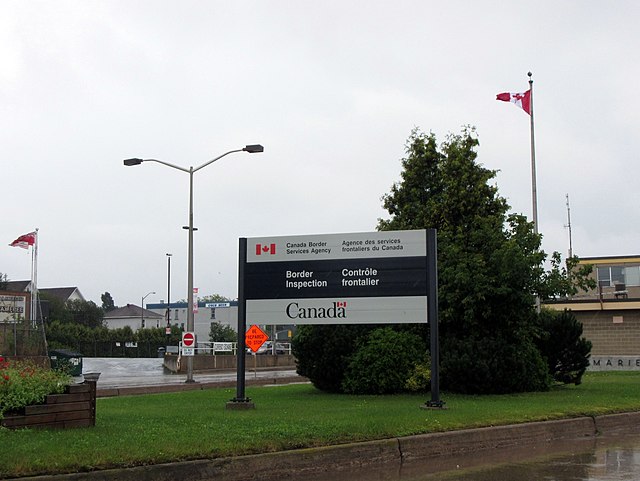The federal government will reduce permanent resident admission targets to 380,000 annually from 2026 to 2028 and cut temporary resident admissions by nearly half as part of efforts to return immigration to sustainable levels.
The 2026-2028 Immigration Levels Plan reduces permanent resident targets from 395,000 in 2025 to 380,000 for the next three years. Temporary resident admissions will drop from 673,650 in 2025 to 385,000 in 2026, then 370,000 in both 2027 and 2028, according to Budget 2025.
The plan also shifts the composition of permanent residents, increasing the share of economic migrants from 59 per cent to 64 per cent.
Temporary residents doubled since 2018
Temporary residents made up 3.3 per cent of Canada’s population in 2018. By 2024, that number more than doubled to 7.5 per cent, creating pressure on housing supply, the healthcare system and schools, the budget states.
The federal government has already reduced asylum claims by one third and new temporary foreign worker arrivals by approximately 50 per cent this year. New international student arrivals declined by approximately 60 per cent compared to 2024.
Industry considerations
The government recognizes the role temporary foreign workers play in some sectors and regions. The 2026-2028 Immigration Levels Plan will consider industries and sectors affected by tariffs and the unique needs of rural and remote communities.
The changes will cost $168.2 million over four years starting in 2026-27, plus $35.7 million ongoing. The costs primarily represent net loss in fee revenue driven by fewer temporary resident admissions.
Labour market impacts
The budget notes that managed immigration growth is helping stabilize labour market conditions. Slower population growth and reduced immigration rates have helped ease pressure on the labour market and contain overall unemployment.
Youth unemployment rose from 12.9 per cent in February to 14.7 per cent in September 2025, with young people disproportionately affected by weaker hiring. The government said slower hiring has made it harder for youth and newcomers to find their first job.
Over half of immigrants with a bachelor’s degree or higher are overqualified for their jobs, costing Canada’s economy billions of dollars annually, according to the budget.
The labour force has expanded more gradually as a result of slower population growth. Labour force participation among women and prime-aged workers has fallen slightly from pre-pandemic highs but remains elevated.
Foreign credential recognition
To address labour market inefficiencies, Budget 2025 provides $97 million over five years starting in 2026-27 to establish the Foreign Credential Recognition Action Fund. The fund will work with provinces and territories to improve the fairness, transparency, timeliness and consistency of foreign credential recognition, focusing on health and construction sectors.
The budget maintains Canada will continue its tradition of welcoming those fleeing violence, persecution and displacement while managing immigration at sustainable levels.





